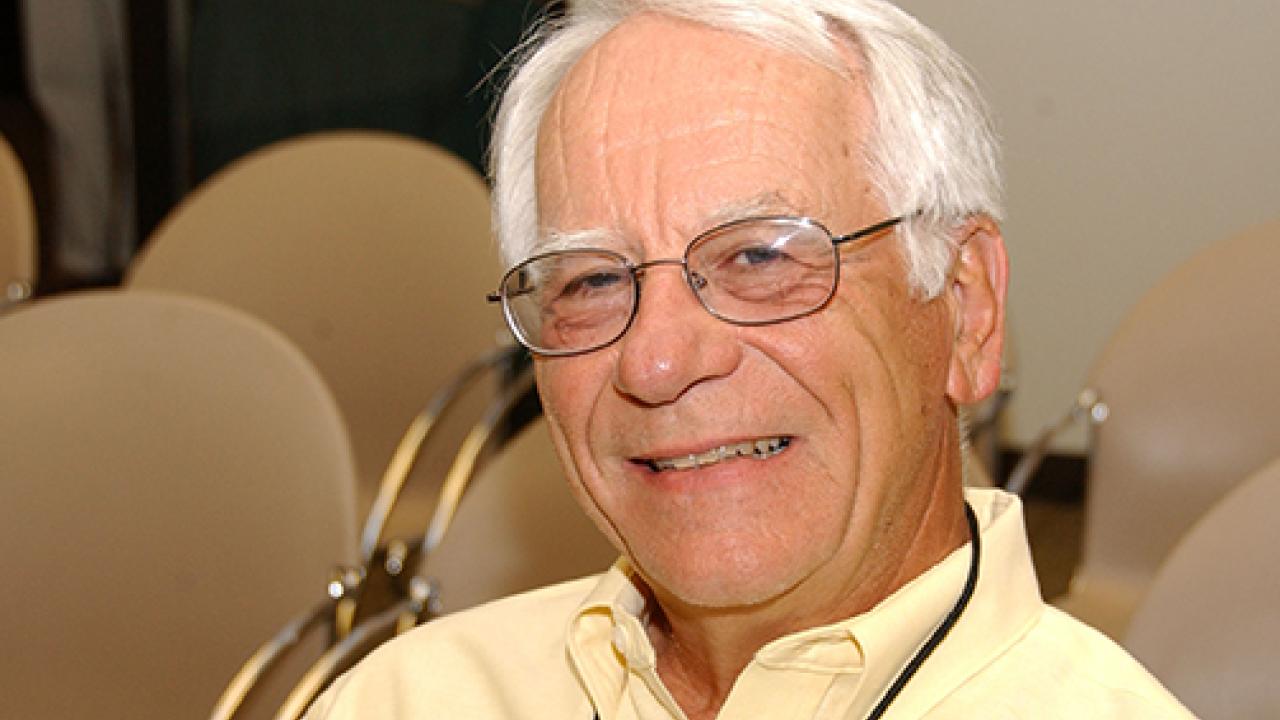OROPOUCHE VIRUS – USA: ex CUBA
A ProMED-mail post http://www.promedmail.org ProMED-mail is a program of the International Society for Infectious Diseases http://www.isid.org
Date: Mon 19 Aug 2024 16:00 CDT Source: Precision Vaccinations [edited] https://www.precisionvaccinations.com/2024/08/19/11-oropouche-fever-cases-diagnosed-florida
[Shortened] Throughout 2024, Cuba has been grappling with an outbreak of Oropouche fever. And now, its western neighbor, the United States, has started to report cases related to travelers from Cuba. The Florida Department of Health (FDH) has recently reported 11 Oropouche fever cases. As of August 10, 2024, these Florida cases had their onset in 2024 and were found in individuals who had traveled toCuba 2 weeks before showing symptoms.
Throughout 2024, more than 8000 Oropouche cases, including 2 deaths and 5 cases of vertical transmission, were reported by the US Centers for Disease Control and Prevention (CDC) [see https://www.cdc.gov/oropouche/about/index.html ].
According to the CDC, approximately 60% of people infected with the Oropouche virus become symptomatic. The incubation period is typically 3-10 days. Although people exposed to biting midges or mosquitoes infected with the virus are most at risk for developing the disease, the risk factors for more severe Oropouche virus are not well-defined. The initial clinical presentation is similar to diseases caused by dengue, Zika, and chikungunya viruses.
In the United States, healthcare providers should contact local health departments to facilitate diagnostic testing.
Note: See the rest of the ProMed post for additional details and links to other information. Oropouche virus is in the group Orthobunyavirus and is transmitted by Diptera in the family Ceratopogonidae. The reputed primary vector in South America, Culicoides paraensis, is not found in North America, but California has other Ceratopogonidae, including the vector of Blue Tongue virus, Culicoides sonorensis, and the painful biting ‘no-see-um’, Leptoconops torrens. These species have not been tested for vector competence for Oropouche. There have been isolations of this virus from Coquillettidia and Aedes mosquitoes, and there have been reports suggesting that Culex quinquefasciatus are involved in some urban transmission.

